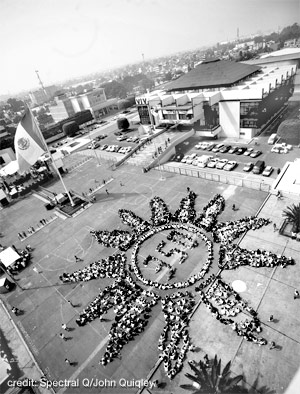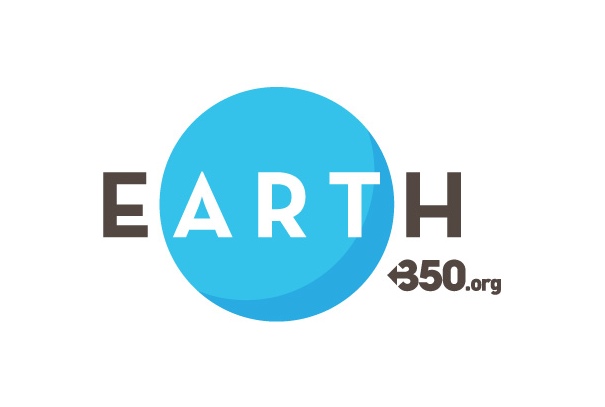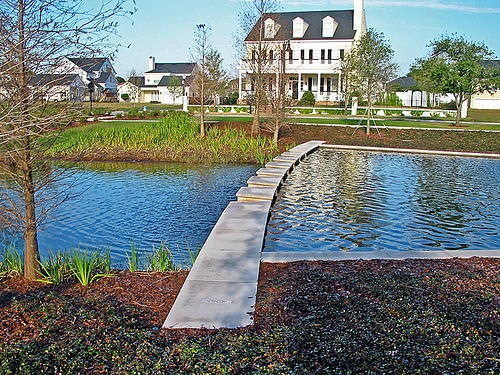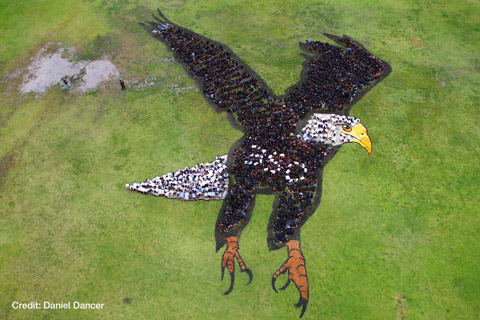
Let’s imagine an alien or two, monitoring a roster of planets from some distant galaxy.
“Hang on, Xloopi,” one might say. “That third rock out — if the instruments are working, their atmosphere is on the fritz. CO2 is climbing 2 parts per million a year. What do you think is going on?”
“Two possibilities, Kkar. Either they’ve gotten careless with their fossil fuels, or they’re going in for mosquito-ranching in a very big way.”
If anyone actually is watching from afar, what they’re seeing isn’t pretty. Scientists have tried to warn us that the Earth is warming, but so far their message has gone mostly unheeded. Observers seem to be expecting another fruitless negotiating session when nations converge on Cancun in early December for one more climate conference.
The problem, I think, is that we don’t remember we live on a planet. Earth seems cozy and familiar. No matter how many times the scientists remind us that the gaseous composition of our atmosphere is just as important on Earth as it is on Mars or Venus, we can’t quite get it through our heads.
 So for the next week, with a project called 350 EARTH, we’re going to try and back up far enough to make the point. At more than a dozen locations around the globe, we’ve found great artists who have sketched simple designs, which volunteers will execute with thousands of bodies: people lining up on snowfields in Iceland, and on the Egyptian sand, and on the dry creek beds of Santa Fe. So many bodies that the imaging company DigitalGlobe will be able to capture the images from their satellite 400 miles above the earth.
So for the next week, with a project called 350 EARTH, we’re going to try and back up far enough to make the point. At more than a dozen locations around the globe, we’ve found great artists who have sketched simple designs, which volunteers will execute with thousands of bodies: people lining up on snowfields in Iceland, and on the Egyptian sand, and on the dry creek beds of Santa Fe. So many bodies that the imaging company DigitalGlobe will be able to capture the images from their satellite 400 miles above the earth.
It will be the planet’s largest work of art, designed to demonstrate once again the essential predicament of our age: If we can’t figure out how to work together to safeguard the atmosphere, then we have no separate futures. Sharing a planet means sharing oceans, ice caps, great breathing forests.
The scientists have done what they can to make this point. They’ve given us a workable consensus: Any amount of carbon in the atmosphere greater than 350 parts per million, to quote one NASA study, is incompatible with “a planet similar to that on which civilization developed and to which life is adapted.” Since we’re already at 390 ppm and rising, that should send hot flashes down your spine; it’s why we’re seeing record melt, record flood, record heat.
But we need artists, too, to make this point, because the human animal is complex; we reason, but that’s not all we do. We feel, we intuit, we grope for meaning. Art reaches us in ways that statistics can’t. The enormous scarab beetle pushing the sun that will grace the Egyptian desert on Friday, Nov. 26, ties us back to the earliest human memories. In Cape Town on Nov. 27, artists will incorporate 70 solar cookers into their design, reminding us that we have many of the tools we need to start dealing with our troubles.
But we won’t start dealing with them till we really care — till we really understand what’s at stake. That’s why we need to back up. Back way way up, till we’ve got our home in the proper perspective.




